
Senate to shine spotlight on Australia’s growing feral deer, pig and goat impacts
A new senate inquiry into the growing impacts of deer, pigs and goats in Australia will put a national spotlight on the destruction wrought by these feral animals.

A new senate inquiry into the growing impacts of deer, pigs and goats in Australia will put a national spotlight on the destruction wrought by these feral animals.
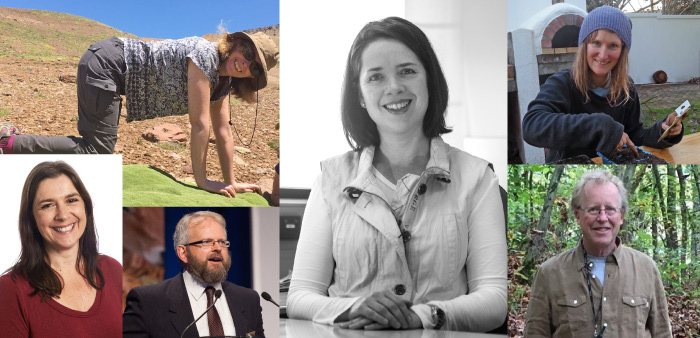
Global leaders in insect invasion biology are in Melbourne this week to war game Australia’s next alien insect invaders.

Global leaders in insect invasion biology are in Melbourne this week to war game Australia’s next alien insect invaders.

Join us from 6pm on Tuesday 20 March at Monash University’s Clayton Campus in Victoria for a fiery Q&A debate about invasive ants, bugs and other insects.

Join us from 6pm on Tuesday 20 March at Monash University’s Clayton Campus in Victoria for a fiery Q&A debate about invasive ants, bugs and other insects.
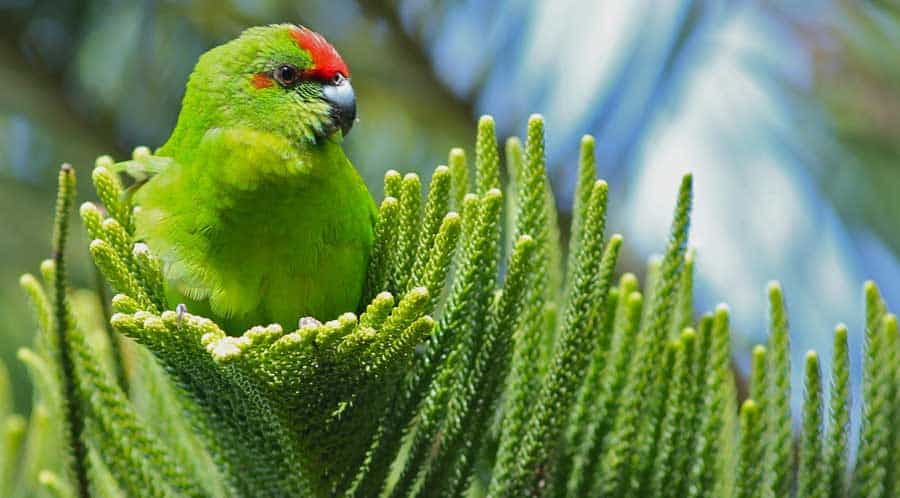
The Australian Government must ramp up safeguards to protect Norfolk Island’s threatened wildlife from invasive species, a report released today by the Invasive Species Council and Island Conservation warns.
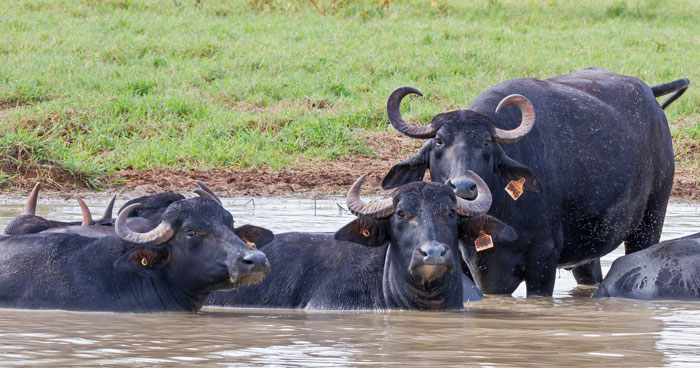
The introduction of new crops or livestock can go spectacularly wrong. Question is, are those responsible for promoting new crops and livestock in Australia showing enough caution?

New research has found that almost nowhere in Australia is safe from growing feral deer numbers, with future mapping showing the animals could occupy most of the continent, including the interior.
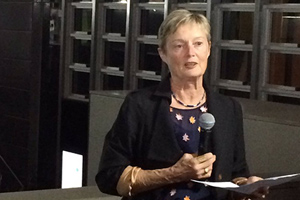
Last year the New Zealand government announced plans to be predator free by 2050, a challenging concept for the many Australians gathered at the Australasian Vertebrate Pest Management
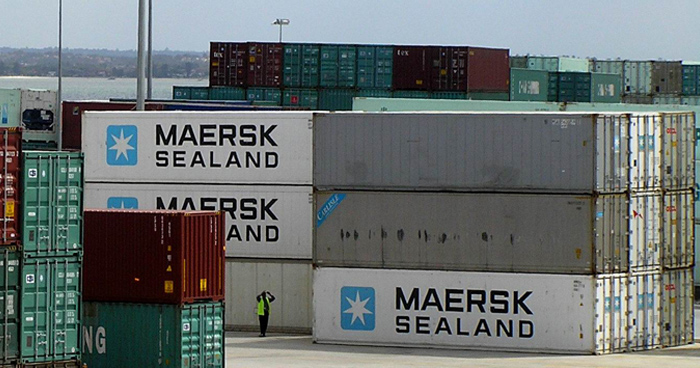
A new project with Monash University has just begun that will work out what environmental pests that we should be trying to stop entering Australia and how they will arrive.
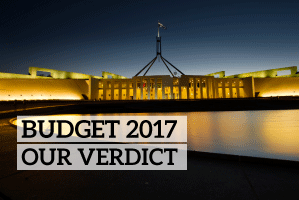
Despite containing funds for fire ant eradication, the 2017 federal budget was a disappointing, missed opportunity for environmental biosecurity in Australia.
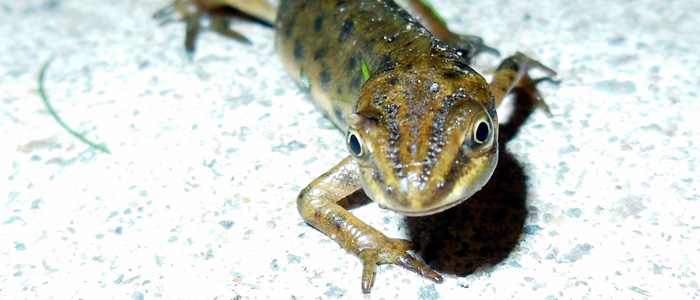
A new resident has taken up residence in Melbourne’s suburbs, one that could bring with it an entirely new amphibian order.

A new resident has taken up residence in Melbourne’s suburbs, one that could bring with it an entirely new amphibian order.
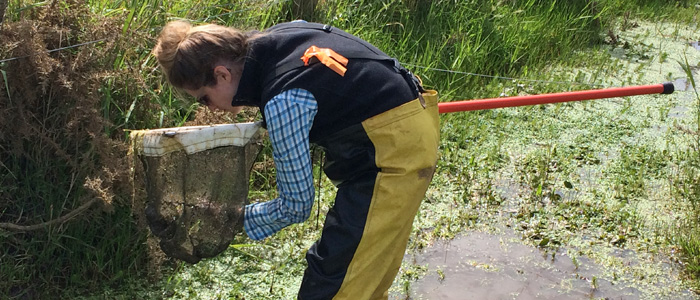
Research confirming Melbourne waterways as breeding grounds for a dangerous new amphibian invader has earned a group of local ecologists a Froggatt Award.

$15 million earmarked in the 2016 federal budget to eradicate carp from Australia’s river systems.

A new senate inquiry into the growing impacts of deer, pigs and goats in Australia will put a national spotlight on the destruction wrought by these feral animals.

Global leaders in insect invasion biology are in Melbourne this week to war game Australia’s next alien insect invaders.

Global leaders in insect invasion biology are in Melbourne this week to war game Australia’s next alien insect invaders.

Join us from 6pm on Tuesday 20 March at Monash University’s Clayton Campus in Victoria for a fiery Q&A debate about invasive ants, bugs and other insects.

Join us from 6pm on Tuesday 20 March at Monash University’s Clayton Campus in Victoria for a fiery Q&A debate about invasive ants, bugs and other insects.

The Australian Government must ramp up safeguards to protect Norfolk Island’s threatened wildlife from invasive species, a report released today by the Invasive Species Council and Island Conservation warns.

The introduction of new crops or livestock can go spectacularly wrong. Question is, are those responsible for promoting new crops and livestock in Australia showing enough caution?

New research has found that almost nowhere in Australia is safe from growing feral deer numbers, with future mapping showing the animals could occupy most of the continent, including the interior.

Last year the New Zealand government announced plans to be predator free by 2050, a challenging concept for the many Australians gathered at the Australasian Vertebrate Pest Management

A new project with Monash University has just begun that will work out what environmental pests that we should be trying to stop entering Australia and how they will arrive.

Despite containing funds for fire ant eradication, the 2017 federal budget was a disappointing, missed opportunity for environmental biosecurity in Australia.

A new resident has taken up residence in Melbourne’s suburbs, one that could bring with it an entirely new amphibian order.

A new resident has taken up residence in Melbourne’s suburbs, one that could bring with it an entirely new amphibian order.

Research confirming Melbourne waterways as breeding grounds for a dangerous new amphibian invader has earned a group of local ecologists a Froggatt Award.

$15 million earmarked in the 2016 federal budget to eradicate carp from Australia’s river systems.

A new senate inquiry into the growing impacts of deer, pigs and goats in Australia will put a national spotlight on the destruction wrought by these feral animals.

Global leaders in insect invasion biology are in Melbourne this week to war game Australia’s next alien insect invaders.

Global leaders in insect invasion biology are in Melbourne this week to war game Australia’s next alien insect invaders.

Join us from 6pm on Tuesday 20 March at Monash University’s Clayton Campus in Victoria for a fiery Q&A debate about invasive ants, bugs and other insects.

Join us from 6pm on Tuesday 20 March at Monash University’s Clayton Campus in Victoria for a fiery Q&A debate about invasive ants, bugs and other insects.

The Australian Government must ramp up safeguards to protect Norfolk Island’s threatened wildlife from invasive species, a report released today by the Invasive Species Council and Island Conservation warns.

The introduction of new crops or livestock can go spectacularly wrong. Question is, are those responsible for promoting new crops and livestock in Australia showing enough caution?

New research has found that almost nowhere in Australia is safe from growing feral deer numbers, with future mapping showing the animals could occupy most of the continent, including the interior.

Last year the New Zealand government announced plans to be predator free by 2050, a challenging concept for the many Australians gathered at the Australasian Vertebrate Pest Management

A new project with Monash University has just begun that will work out what environmental pests that we should be trying to stop entering Australia and how they will arrive.

Despite containing funds for fire ant eradication, the 2017 federal budget was a disappointing, missed opportunity for environmental biosecurity in Australia.

A new resident has taken up residence in Melbourne’s suburbs, one that could bring with it an entirely new amphibian order.

A new resident has taken up residence in Melbourne’s suburbs, one that could bring with it an entirely new amphibian order.

Research confirming Melbourne waterways as breeding grounds for a dangerous new amphibian invader has earned a group of local ecologists a Froggatt Award.

$15 million earmarked in the 2016 federal budget to eradicate carp from Australia’s river systems.
Get our blog the Feral Herald delivered to your inbox.
Our protected areas are being trashed, trampled, choked and polluted by an onslaught of invaders. Invasive species are already the overwhelming driver of our animal extinction rate, and are expected to cause 75 of the next 100 extinctions.
But you can help to turn this around and create a wildlife revival in Australia.
From numbats to night parrots, a tax-deductible donation today can help defend our wildlife against the threat of invasive weeds, predators, and diseases.
As the only national advocacy environment group dedicated to stopping this mega threat, your gift will make a big difference.
A silent crisis is unfolding across Australia. Every year, billions of native animals are hunted and killed by cats and foxes. Fire ants continue to spread and threaten human health. And the deadly strain of bird flu looms on the horizon. Your donation today will be used to put the invasive species threat in the media, make invasive species a government priority, ensure governments take rapid action to protect nature and our remarkable native wildlife from invasives-led extinction, death and destruction.
If you are having trouble submitting a form, please read this guide.
Please fill out the following form and one of our team will be in contact to assist as soon as possible. Please make sure to include any helpful information, such as the device you were using (computer, tablet or mobile phone) and if known, your browser (Mozilla Firefox, Chrome, Safari etc)
"*" indicates required fields
Dear Project Team,
[YOUR PERSONALISED MESSAGE WILL APPEAR HERE.]
I support the amendment to the Kosciuszko National Park Wild Horse Heritage Management Plan to allow our incredible National Parks staff to use aerial shooting as one method to rapidly reduce feral horse numbers. I want to see feral horse numbers urgently reduced in order to save the national park and our native wildlife that live there.
The current approach is not solving the problem. Feral horse numbers have rapidly increased in Kosciuszko National Park to around 18,000, a 30% jump in just the past 2 years. With the population so high, thousands of feral horses need to be removed annually to reduce numbers and stop our National Park becoming a horse paddock. Aerial shooting, undertaken humanely and safely by professionals using standard protocols, is the only way this can happen.
The government’s own management plan for feral horses states that ‘if undertaken in accordance with best practice, aerial shooting can have the lowest negative animal welfare impacts of all lethal control methods’.
This humane and effective practice is already used across Australia to manage hundreds of thousands of feral animals like horses, deer, pigs, and goats.
Trapping and rehoming of feral horses has been used in Kosciuszko National Park for well over a decade but has consistently failed to reduce the population, has delayed meaningful action and is expensive. There are too many feral horses in the Alps and not enough demand for rehoming for it to be relied upon for the reduction of the population.
Fertility control as a management tool is only effective for a small, geographically isolated, and accessible population of feral horses where the management outcome sought is to maintain the population at its current size. It is not a viable option to reduce the large and growing feral horse population in the vast and rugged terrain of Kosciuszko National Park.
Feral horses are trashing and trampling our sensitive alpine ecosystems and streams, causing the decline and extinction of native animals. The federal government’s Threatened Species Scientific Committee has stated that feral horses ‘may be the crucial factor that causes final extinction’ for 12 alpine species.
I recognise the sad reality that urgent and humane measures are necessary to urgently remove the horses or they will destroy the Snowies and the native wildlife that call the mountains home. I support a healthy national park where native species like the Corroboree Frog and Mountain Pygmy Possum can thrive.
Dear Project Team,
[YOUR PERSONALISED MESSAGE WILL APPEAR HERE.]
I support the amendment to the Kosciuszko National Park Wild Horse Heritage Management Plan to allow our incredible National Parks staff to use aerial shooting as one method to rapidly reduce feral horse numbers. I want to see feral horse numbers urgently reduced in order to save the national park and our native wildlife that live there.
The current approach is not solving the problem. Feral horse numbers have rapidly increased in Kosciuszko National Park to around 18,000, a 30% jump in just the past 2 years. With the population so high, thousands of feral horses need to be removed annually to reduce numbers and stop our National Park becoming a horse paddock. Aerial shooting, undertaken humanely and safely by professionals using standard protocols, is the only way this can happen.
The government’s own management plan for feral horses states that ‘if undertaken in accordance with best practice, aerial shooting can have the lowest negative animal welfare impacts of all lethal control methods’.
This humane and effective practice is already used across Australia to manage hundreds of thousands of feral animals like horses, deer, pigs, and goats.
Trapping and rehoming of feral horses has been used in Kosciuszko National Park for well over a decade but has consistently failed to reduce the population, has delayed meaningful action and is expensive. There are too many feral horses in the Alps and not enough demand for rehoming for it to be relied upon for the reduction of the population.
Fertility control as a management tool is only effective for a small, geographically isolated, and accessible population of feral horses where the management outcome sought is to maintain the population at its current size. It is not a viable option to reduce the large and growing feral horse population in the vast and rugged terrain of Kosciuszko National Park.
Feral horses are trashing and trampling our sensitive alpine ecosystems and streams, causing the decline and extinction of native animals. The federal government’s Threatened Species Scientific Committee has stated that feral horses ‘may be the crucial factor that causes final extinction’ for 12 alpine species.
I recognise the sad reality that urgent and humane measures are necessary to urgently remove the horses or they will destroy the Snowies and the native wildlife that call the mountains home. I support a healthy national park where native species like the Corroboree Frog and Mountain Pygmy Possum can thrive.